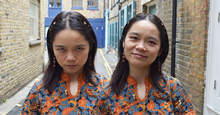Living the Heroic Life Journey: Part 1
EGO: The Hero’s Journey as Individuation
Many years ago, a girl in late adolescence confided in me that she often felt empty inside, so it was hard to make decisions. I remembered what that was like for me and others I knew, so replied, this is normal at your age. Studying Jungian psychology helped me figure out that living builds inner psychological structure. Jung described how, in the first half of life, we need to form a healthy ego, while in the later half of life the task is to connect with the Self, an accomplishment that takes us to a deeper understanding of who we are and a capacity for feeling more connected to others and the world.
However, Jungians, archetypal psychologists, and many others often use the terms Self and Soul synonymously. The PMAI® system of heroic archetypes breaks down into three groups of archetypes that represent the hero's journey and the individuation process. In this work, Ego refers to the center of conscious identity, Soul is used to relate to a deeper process of finding and building one's authentic identity, and Self refers to the urge to feel connected and to contribute to the world.
The groups of Ego, Soul, and Self — with four archetypes each — have a role in achieving success in different phases of the heroic life journey: the Ego in the preparation and beginning stages; the Soul in times of life transition; and the Self in the return. However, remember that any of these can also be a primary ally for you or contribute in to your ability to relate to diverse people or to handle new situations that require them.
Starting Out: Idealist and Realist
The archetypes that help the Ego form help us deal with the outer world and prepare us for the journey are Idealist, Realist, Caregiver, and Warrior.Think for a moment about little children. The Idealist starts out as a spontaneous, innocent child, just believing what adults and the TV say, balanced by experiences of feeling abandoned or let down by those adults — orphaning experiences that led to the formation of the Realist within.
The first part of life requires being socialized and learning to trust, and also developing discernment about the world, both its opportunities and its dangers. Survival may actually depend on the expression of both of these archetypes, as does learning to succeed, at home, with friends, at school, in the workplace, and out and about in the world. We see the Idealist in a rosy, optimistic view of life that helps us grasp the golden ring of the possible, and the Realist in the development of appropriate caution, and the recognition of real threats that must be prevented or faced.
Relating to Others: Caregiver and Warrior
Another required life curriculum has to do with relating to others, tasks that we learn from the Caregiver and Warrior. Our first models of this are often parents and other caretakers who model caring behaviors and also set boundaries on what we can do and not do, perhaps even punishing us with time outs or other consequences if we break these. Balancing these continues, in daycare and school, where getting along requires a combination of being sharing and being nice to others (Caregiver) and being able to compete and stand up to bullies and mean girls/boys.In our thirties, these four—Idealist, Realist, Caregiver, and Warrior—provide important aspects of what is considered emotional intelligence, so needed for success today. By now, you may already notice that you may be stronger in your expression of two or three of these and weaker in the others. So, if you find you are not that good at protecting yourself from others or your inner counterproductive urgings, you may need more Warrior. If you are not good at caring for people or yourself, you may need more Caregiver.
High, Mid, and Low Scoring Ego Archetypes
It could be that one or more of these four archetypes are in your high scoring archetypes, which means that these are the ones that provide you with energy and fuel learning for you now. You may also find them in your midrange scores, where you can analyze, thinking back over your life, whether any have been developed at enough of a level that they provide a good foundation for you.If any are in the lower midrange or your low scores, you may want to reflect on whether this does, in fact, mean that you have a soft foundation in that area that results in an issue for you, such as lacking optimism, realism, empathy, or strength. Such an issue can be remedied by concentrating on strengthening that archetype by valuing it more, noticing people who express it well, and experimenting with its positive behaviors.
Continue this story in Part 2.










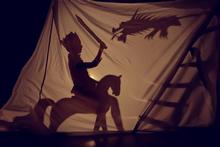
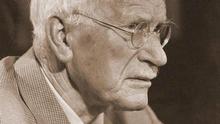

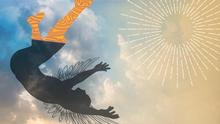

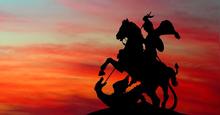






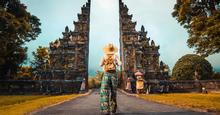
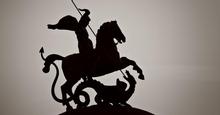
_thumb.png)
_thumb.png)


